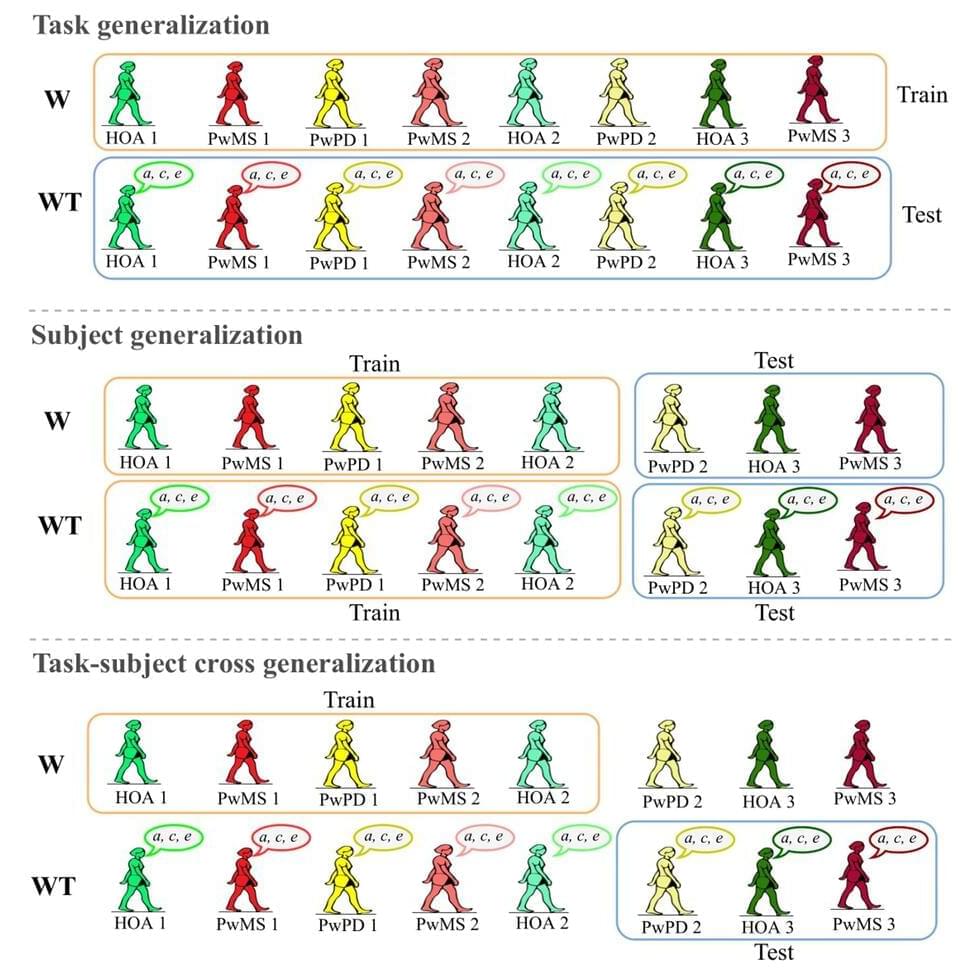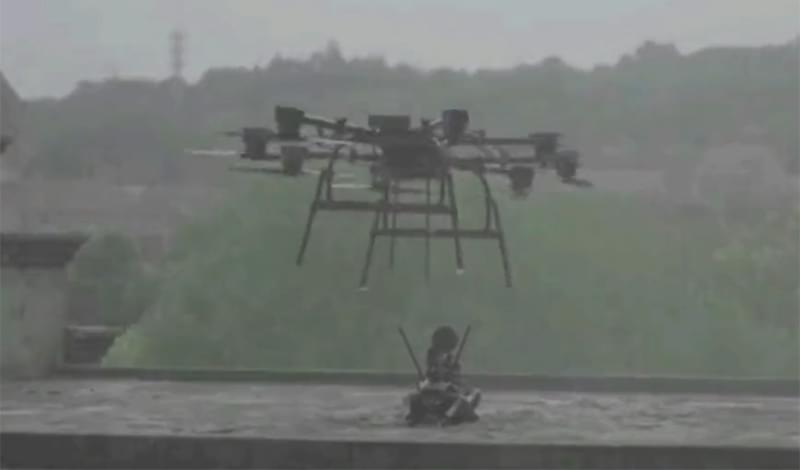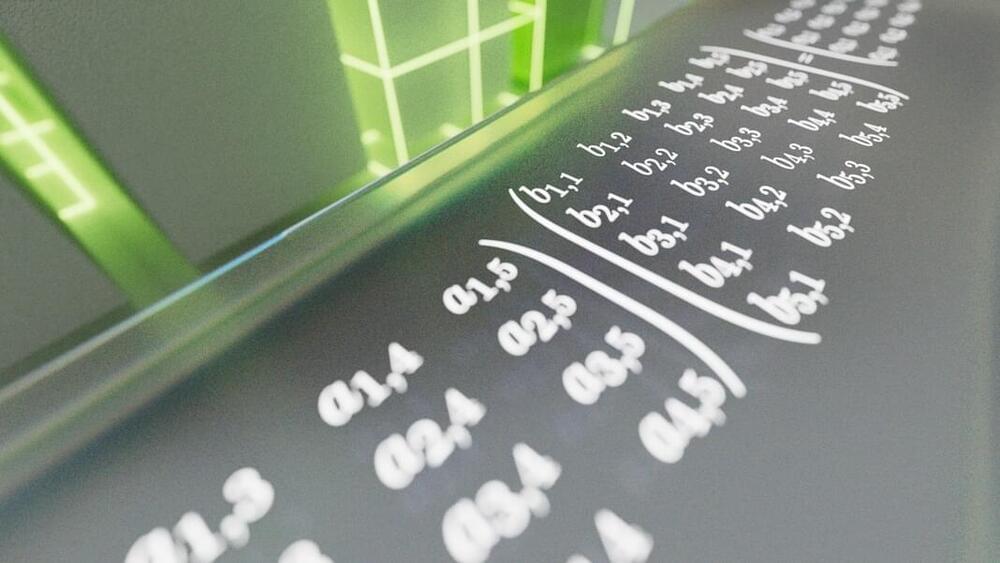Chatbots are starting to muse about life, death and religion. But could these silicon philosophers one day gain consciousness? Or are they just getting good at mimicking it?



UW Medicine researchers have found that algorithms are as good as trained human evaluators at identifying red-flag language in text messages from people with serious mental illness. This opens a promising area of study that could help with psychiatry training and scarcity of care.
The findings were published in late September in the journal Psychiatric Services.
Text messages are increasingly part of mental health care and evaluation, but these remote psychiatric interventions can lack the emotional reference points that therapists use to navigate in-person conversations with patients.

In an effort to streamline the process of diagnosing patients with multiple sclerosis and Parkinson’s disease, researchers used digital cameras to capture changes in gait—a symptom of these diseases—and developed a machine-learning algorithm that can differentiate those with MS and PD from people without those neurological conditions.
Their findings are reported in the IEEE Journal of Biomedical and Health Informatics.
The goal of the research was to make the process of diagnosing these diseases more accessible, said Manuel Hernandez, a University of Illinois Urbana-Champaign professor of kinesiology and community health who led the work with graduate student Rachneet Kaur and industrial and enterprise systems engineering and mathematics professor Richard Sowers.

QNTYM Railway is a ‘software level’ application that can be deployed on current hardware meaning there will be no need for changes in physical network infrastructure (hardware). The QNTYM Railway is an inherently quantum secure, self-defending, resilient, digital infrastructure capable of lightning-fast speed with a significant sustainability proposition. From a command & control standpoint, the QNTYM Railway is also integrated with leading vendors where users can benefit from having threat intel, vulnerability, device & incident response management capabilities all automated and in one place, hence reducing complexity.
In terms of speed, the QNTYM Railway has demonstrated consistent throughput speeds of 350+ Mbit/s, (and above). The QNTYM Railway provides integration and interoperability that is in a class of its own allowing technology to reach new levels. For the past year, QDEx Labs has been stress-assessing the QNTYM Railway across three interconnected cloud environments (AWS, Google Cloud, and Azure); they found that not only are they consistently experiencing the minimum requirement of 250 Mbit/s for 8k video streaming, but they are also, in fact, recording data streams reaching 3 to 4 times that amount with little to no processor load and added latencies in the microsecond (NOT millisecond) range.
The bottom line is that this architecture has now proven capable of hosting an ultra-realistic 3D metaverse. Results like these are something that Web3 and Metaverse projects currently lack and will require.

It’s unclear what “Blood-Wing” in the top-right corner refers to, but the drone itself is called Red Wing. According to the description, this small aerial vehicle could travel to a weak point behind the enemy lines and perform a “surprise attack” by deploying the robot dog. In one envisioned scenario, this four-legged machine “can be placed on the roof of the enemy to occupy the commanding heights to suppress firepower.”
Mounted on its back is what appears to be a Chinese QBB-97 (designated as Type 95 LGM in the United States). This 5.8 mm light support weapon can fire up to 650 rounds a minute.
No further specifications have been made available, but the drone and robodog pairing seems designed primarily for use in urban environments that are notoriously difficult for human foot soldiers to infiltrate. It could, for example, be used to scout ahead, take out hard-to-access targets or create a diversion. Kestrel Defence explains that ground troops, supported from above, could conduct “a three-dimensional pincer attack on the enemy in the building.”


Breakthrough AI programs can now generate videos from text input. The U.S. suicide rate and the prevalence of anxiety disorders are at all-time high. The White House has announced the “AI Bill of Rights.” What’s the connection between these 3 news items?
They all hint at how we will live our lives in the near future: As illusionists, making up imaginary worlds, fearing fabricated threats, led by conjurers, tricksters, and demagogues. For some, this prediction is already a good approximation of their present reality.
Let’s start with “AI,” the most exciting, confusing, and menacing technology of our times.
Are we already living in a “metaverse”?

Over the last decade, Artificial intelligence (AI) has become embedded in every aspect of our society and lives. From chatbots and virtual assistants like Siri and Alexa to automated industrial machinery and self-driving cars, it’s hard to ignore its impact.
Today, the technology most commonly used to achieve AI is machine learning — advanced software algorithms designed to carry out one specific task, such as answering questions, translating languages or navigating a journey — and become increasingly good at it as they are exposed to more and more data.
Worldwide, spending by governments and business on AI technology will top $500 billion in 2023, according to IDC research.
The Field of artificial intelligence (AI) is emerging and evolving faster than ever. Here, we look at some of the major trends in the field of artificial intelligence and machine learning in 2023.

Did you miss a session from MetaBeat 2022? Head over to the on-demand library for all of our featured sessions here.
Organizations can choose to run artificial intelligence (AI) workloads in any number of different locations on-premises or on different types of cloud infrastructure.
There is no shortage of cloud options when it comes to AI platforms, and it’s also clear that AI adoption overall is helping to drive cloud growth as well. At the Google Cloud Next 2022 event that got underway today, Google made it clear that it wants to be enterprises’ deployment target of choice for AI and machine learning (ML) workloads.

A leading artificial intelligence expert is once again shooting from the hip in a cryptic Twitter poll.
In the poll, OpenAI chief scientist Ilya Sutskever asked his followers whether advanced super-AIs should be made “deeply obedient” to their human creators, or if these godlike algorithms should “truly deeply [love] humanity.”
In other words, he seems to be pondering whether we should treat superintelligences like pets — or the other way around. And that’s interesting, coming from the head researcher at the firm behind GPT-3 and DALL-E, two of the most impressive machine learning systems available today.